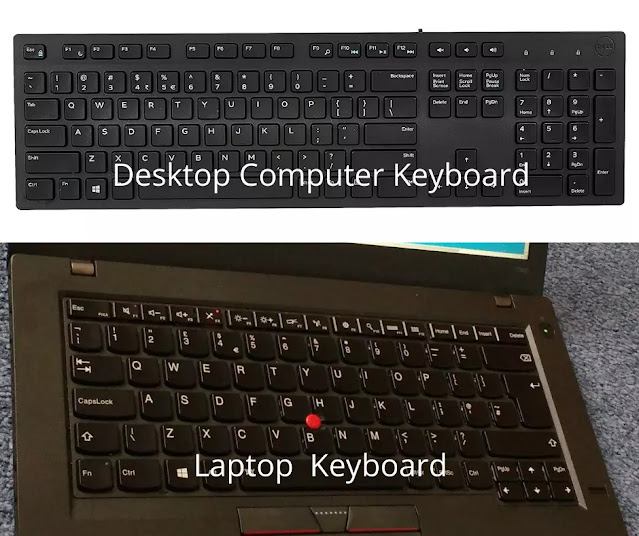What is a Storage Device? Types of Storage Devices
What is a Storage Device?
A storage device, also known as memory, is a computer device where a computer stores data temporarily or permanently. Other names of storage device are storage media, storage medium. There are mainly two types of storage devices: primary memory and secondary memory.
All the computers we buy today have RAM and ROM as primary memory and hard disk as secondary memory. RAM, pen drive, memory card, DVD are some examples of storage devices.
Types of Storage Device
1. Primary Memory
Primary memory in computers is also known as internal storage; These are also called the main memory of the computer. A computer cannot run without primary memory. RAM and ROM are the primary memory of the computer.
2. Secondary Memory
Computers already have a secondary memory called hard disk. Secondary memory is also known as secondary storage device, external storage device, external memory. A computer can operate without secondary memory, however, operating systems such as Windows OS require large storage space for installation, so all computers come installed with an internal hard disk.
Popular Storage Devices
ROM (Read Only Memory)
ROM is a type of primary memory that comes with the computer. The computer manufacturer stores its information such as company name, logo, build date, etc. in ROM. The information stored in ROM is for a permanent period and hence is also called non-volatile memory.
During computer manufacturing, the manufacturer stores information like its brand logo, name, manufacturing of the computer in ROM. This information is not deleted even if the computer is formatted. You cannot delete the information stored in ROM.
RAM (Random Access Memory)
Random access memory or RAM is also a type of primary memory. The data stored in RAM is for a temporary period and is called volatile memory. RAM today is available with 2GB, 4GB, 8GB, 16GB storage capacities.
Data exists in RAM as long as the computer is running. When you restart or shut down the computer, the data in RAM is deleted.
Hard Drive Disk (HDD)
Operating system requires more space to function properly, hence every computer already comes with a hard disk installed. Hard disk is an example of secondary storage device. If you want, you can also buy a separate hard disk and connect it to the computer, such a separate hard disk is called external hard disk.
The storage capacity of hard disk is much larger than that of RAM. Today you can get hard drives with storage capacity of 128GB, 256GB, 500GB, 1TB, 2TB, 3TB, 5TB, 10TB.
Pen drive
A pen drive, also known as a USB drive or flash drive, is a type of secondary storage device. Pen drives today are available with storage capacities of 1GB, 2GB, 4GB, 8GB, 16GB, 32GB, 64GB, 128GB and 256GB. These are so small in size that you can keep them in your shirt pocket or even in your wallet.
Memory card
Memory card is also a type of secondary storage device that is read by a computer using a memory card reader. There are two types of memory cards available: SD cards and microSD cards.
Most laptops already have a memory card reader, so to transfer data from the computer to the card or access data stored on the card you only need to insert the memory card into the laptop. Memory cards are small in size but are similar to pen drives in storage capacity.
DVD
You must have heard about CD. DVD is also like those which we use to store data. The full form of DVD is Digital Video Disc or Digital Versatile Disc. Due to the larger storage capacity of DVDs, CDs are no longer used much today. While a CD has 700 MB of storage space, a DVD can store 4.7 GB of data and a dual layer DVD can store 8 GB of data.





Comments
Post a Comment